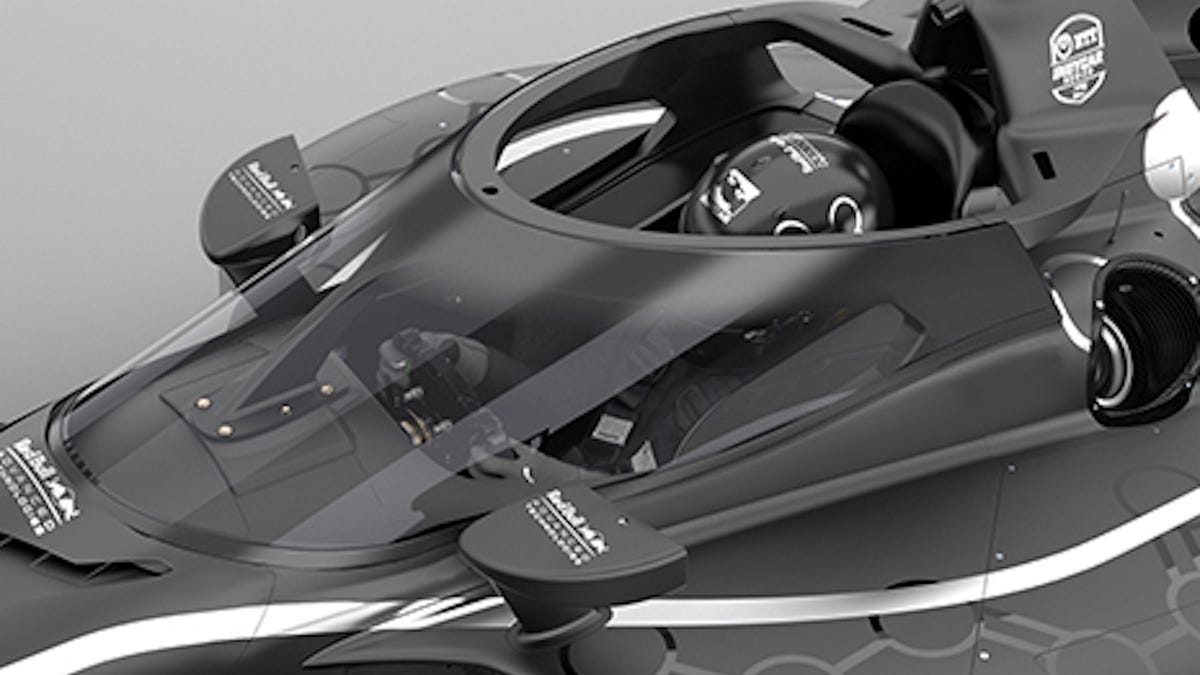IndyCar to mandate Aeroscreen cockpit protection for 2020 season
IndyCar has finally approved a new cockpit protection system that it feels won't negatively impact the look of the racecars.
Part of the excitement of open-wheel racing like that found in Formula One or IndyCar is the ability to see the driver in their cockpit, working to keep their (hopefully) land-based missiles under control. Unfortunately, that open cockpit also means that a driver's head and neck are at risk of being hit by debris, as evidenced in the fatal 2015 incident with IndyCar driver Justin Wilson.
Formula One attempted to mitigate this risk by mandating that its vehicles use a "halo," basically a carbon-fiber hoop with a bar in the middle. It's ugly and makes the car look like a flip-flop sandal. IndyCar, on the other hand, has come under fire for not being quicker to add similar protection because of how it adversely affected the look of the cars.
That changed on Friday when IndyCar announced that it would be mandating the use of something called an Aeroscreen for the 2020 racing season. The Aeroscreen was developed by Red Bull Advanced Engineering and consists of a molded polycarbonate screen that has both antireflective and antifog coatings.
The Aeroscreen is anchored by a titanium frame that attaches to the cockpit of the race car in three locations and may be able to be used with tear-offs -- that is, layered sheets of plastic that endurance racing cars use that can be peeled off during a race rather than requiring to be cleaned.
"Since the first prototypes were developed and demonstrated in 2016, the potential of Aeroscreen to improve the safety for drivers in the event of frontal impacts in the cockpit area of cars has been clear," said Christian Horner, Red Bull Advanced Technologies CEO and head of Red Bull Racing, in a statement.


